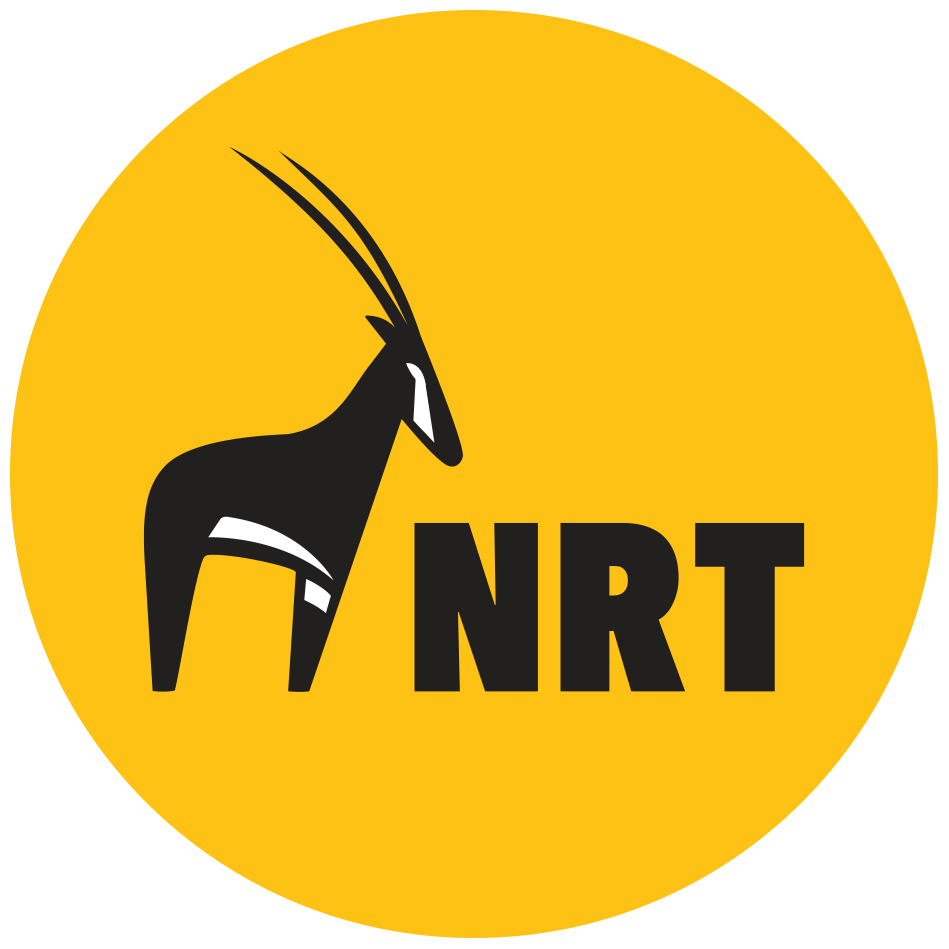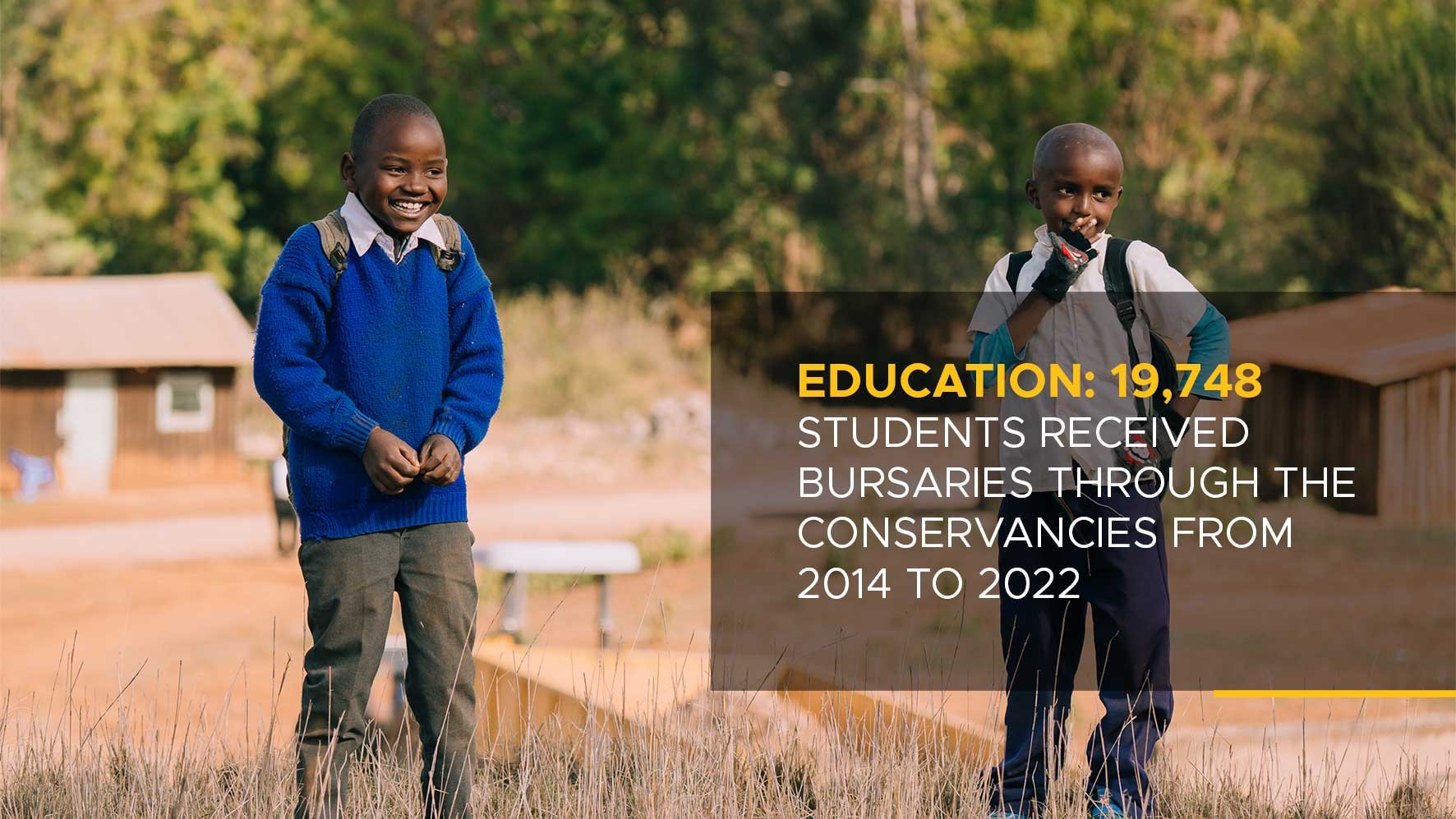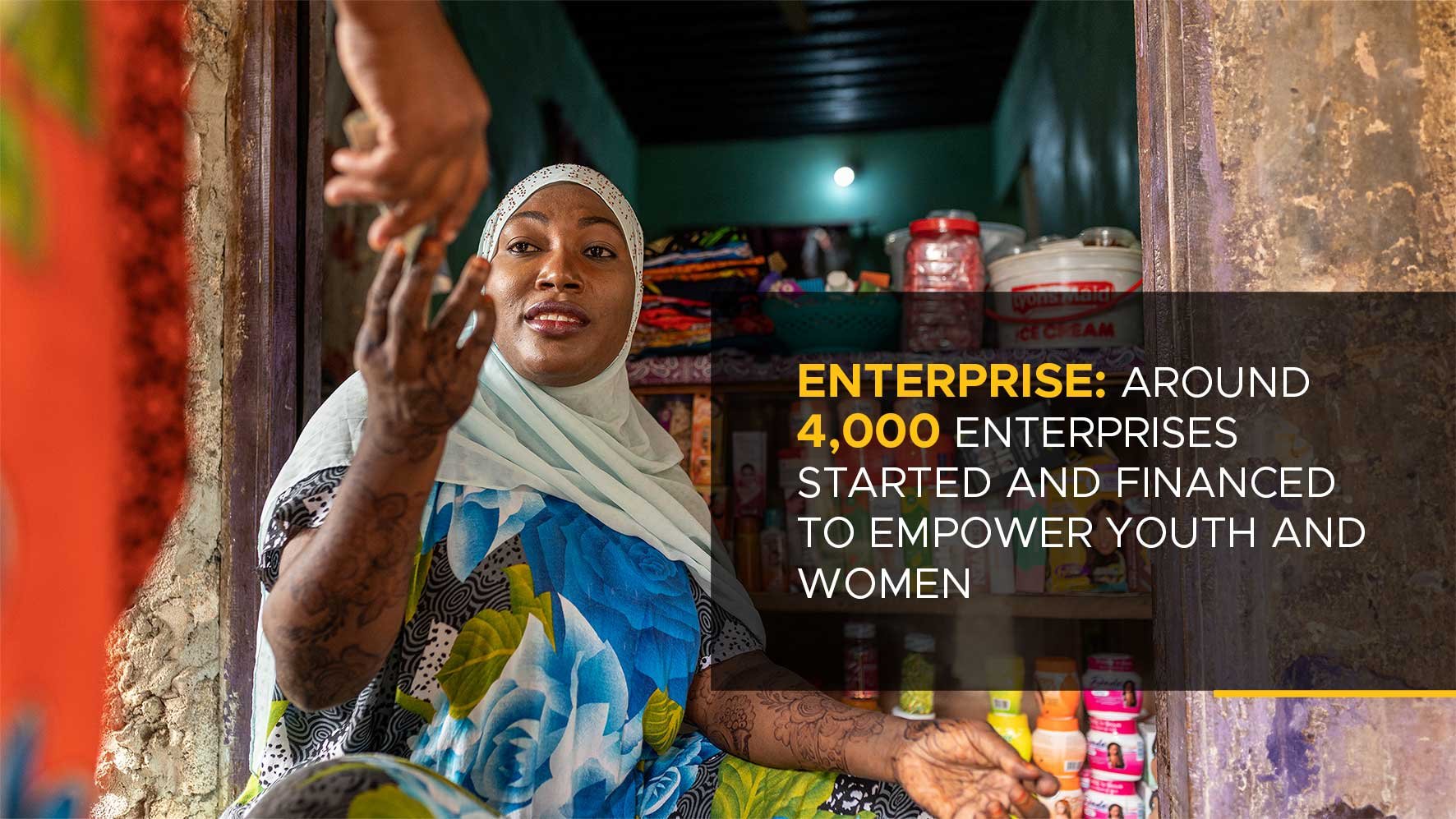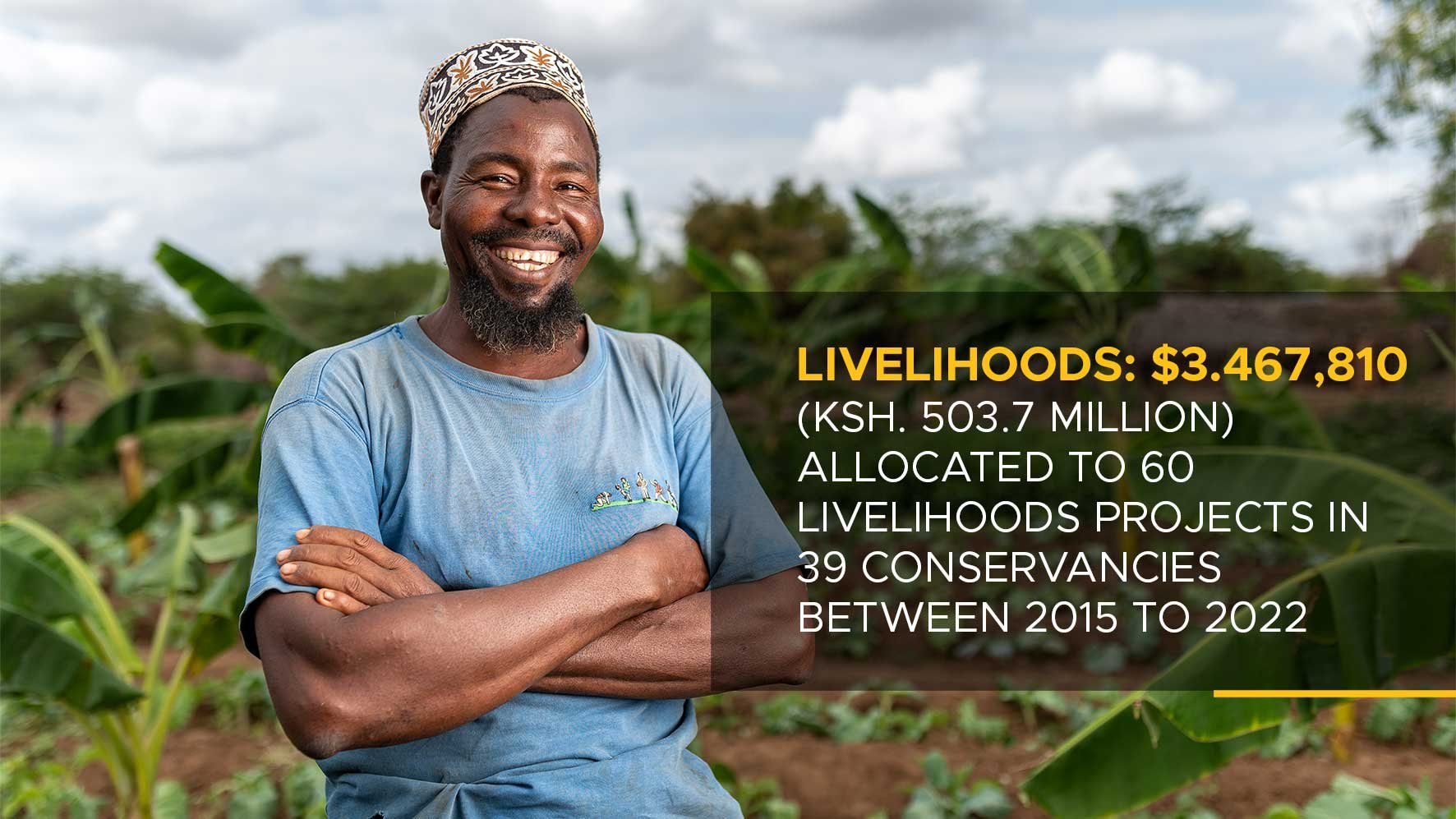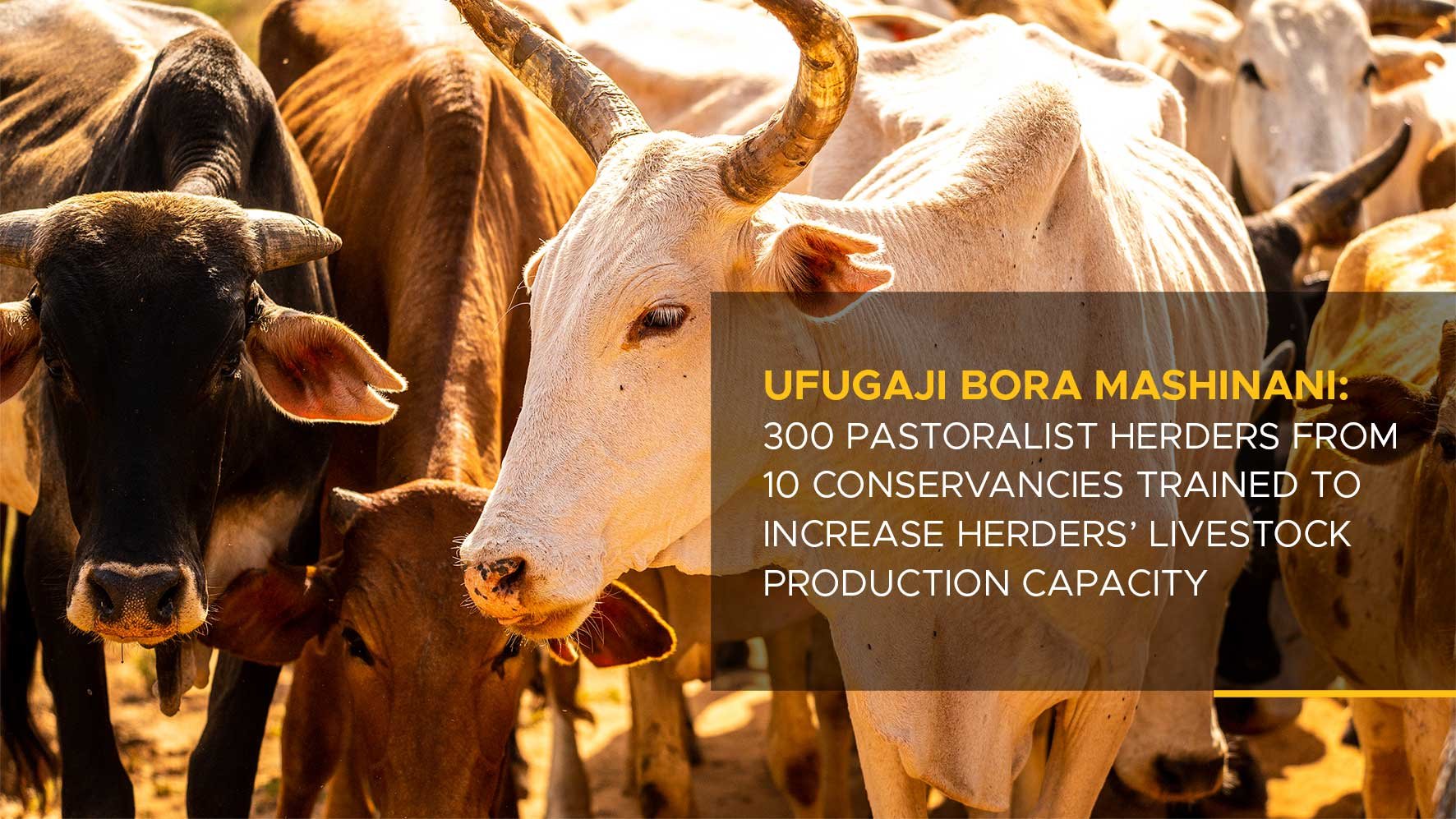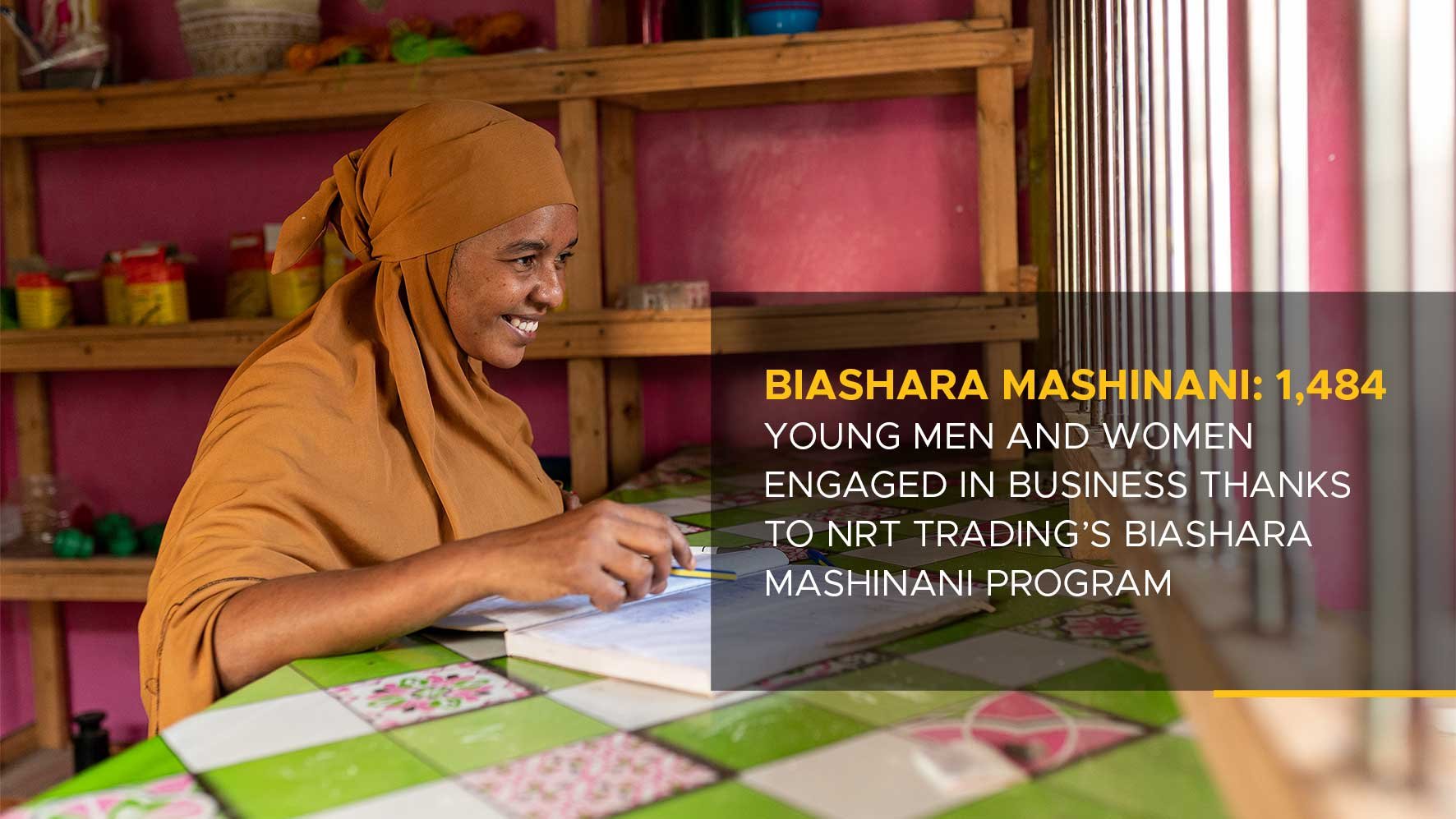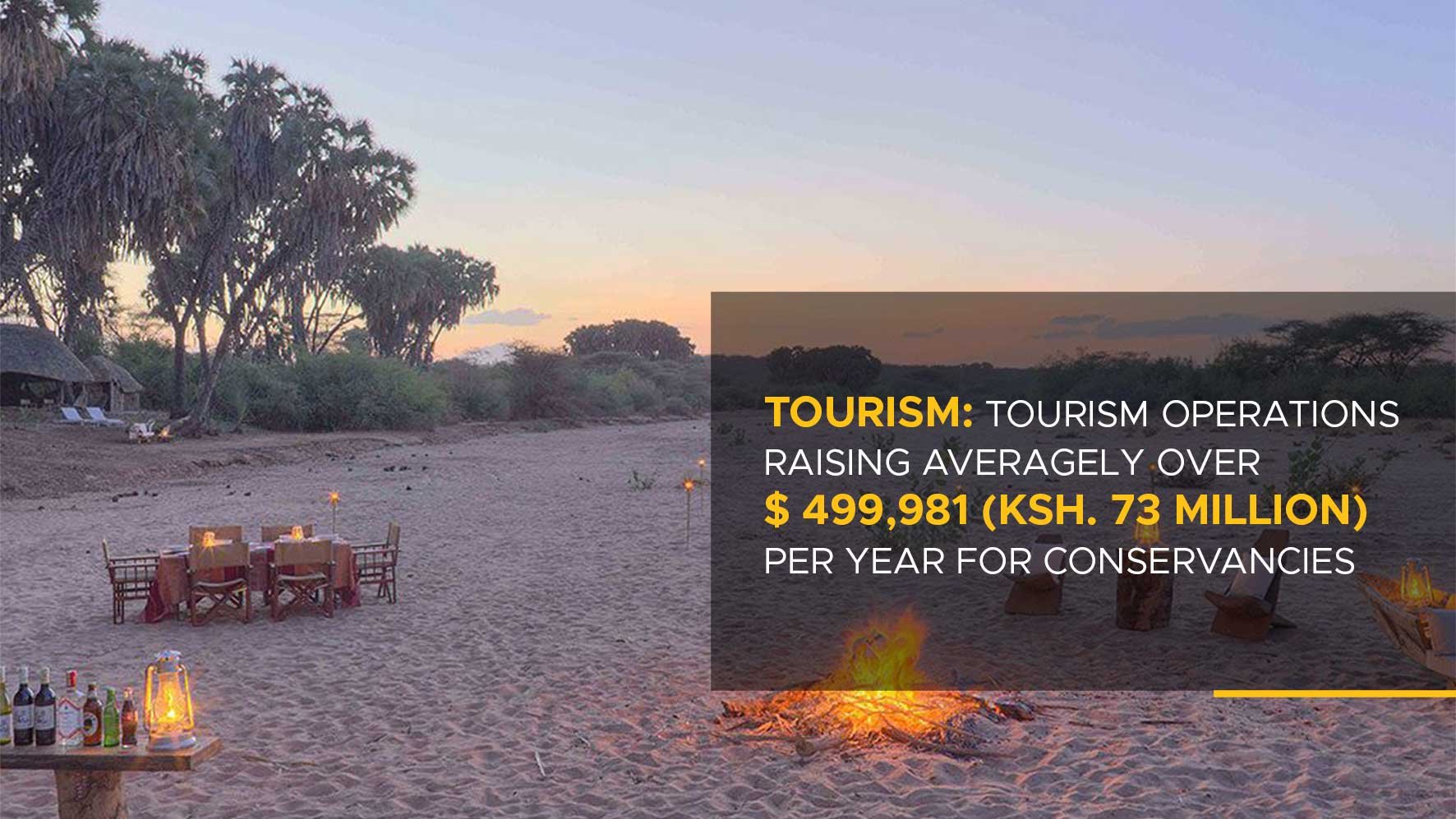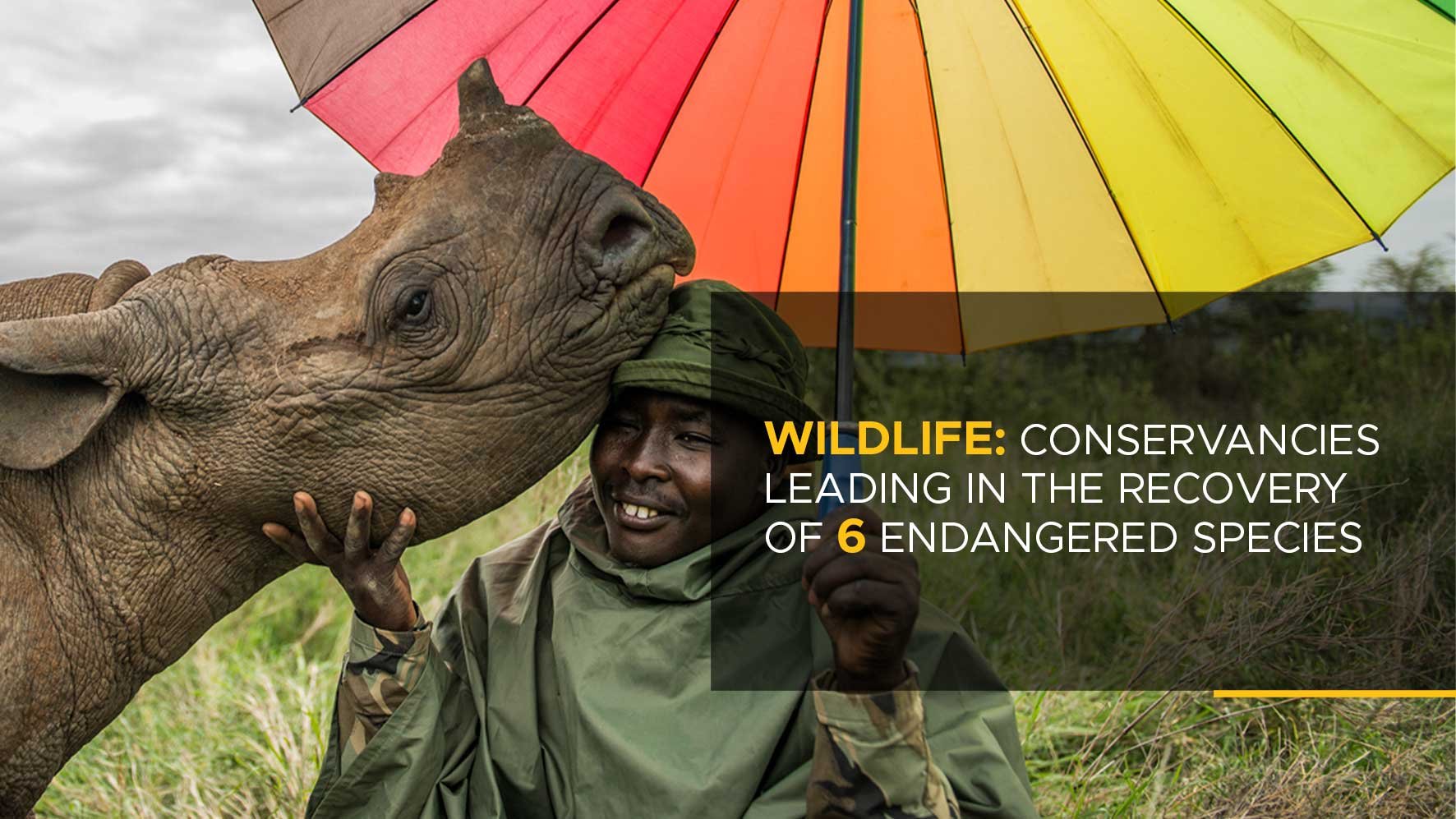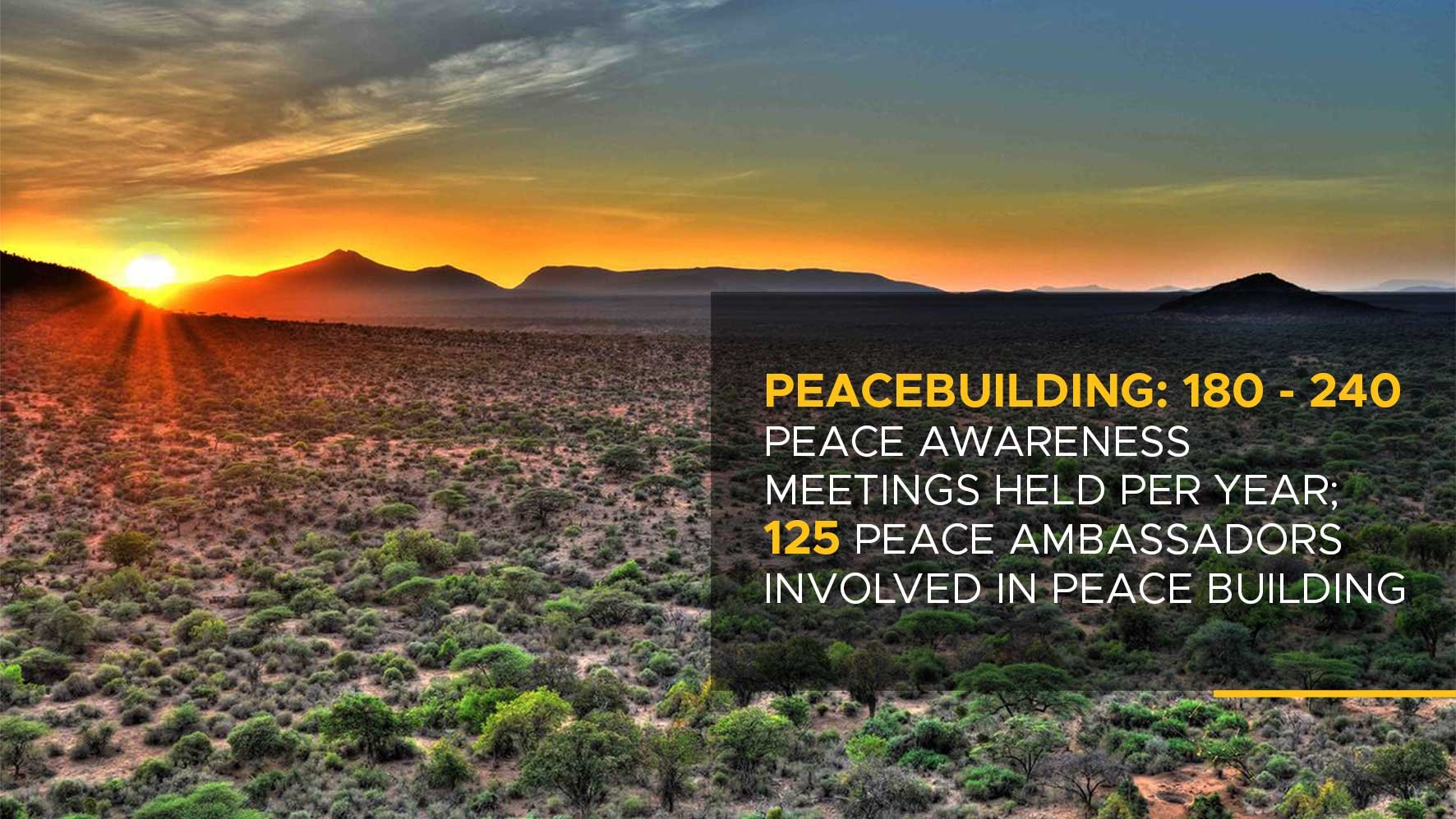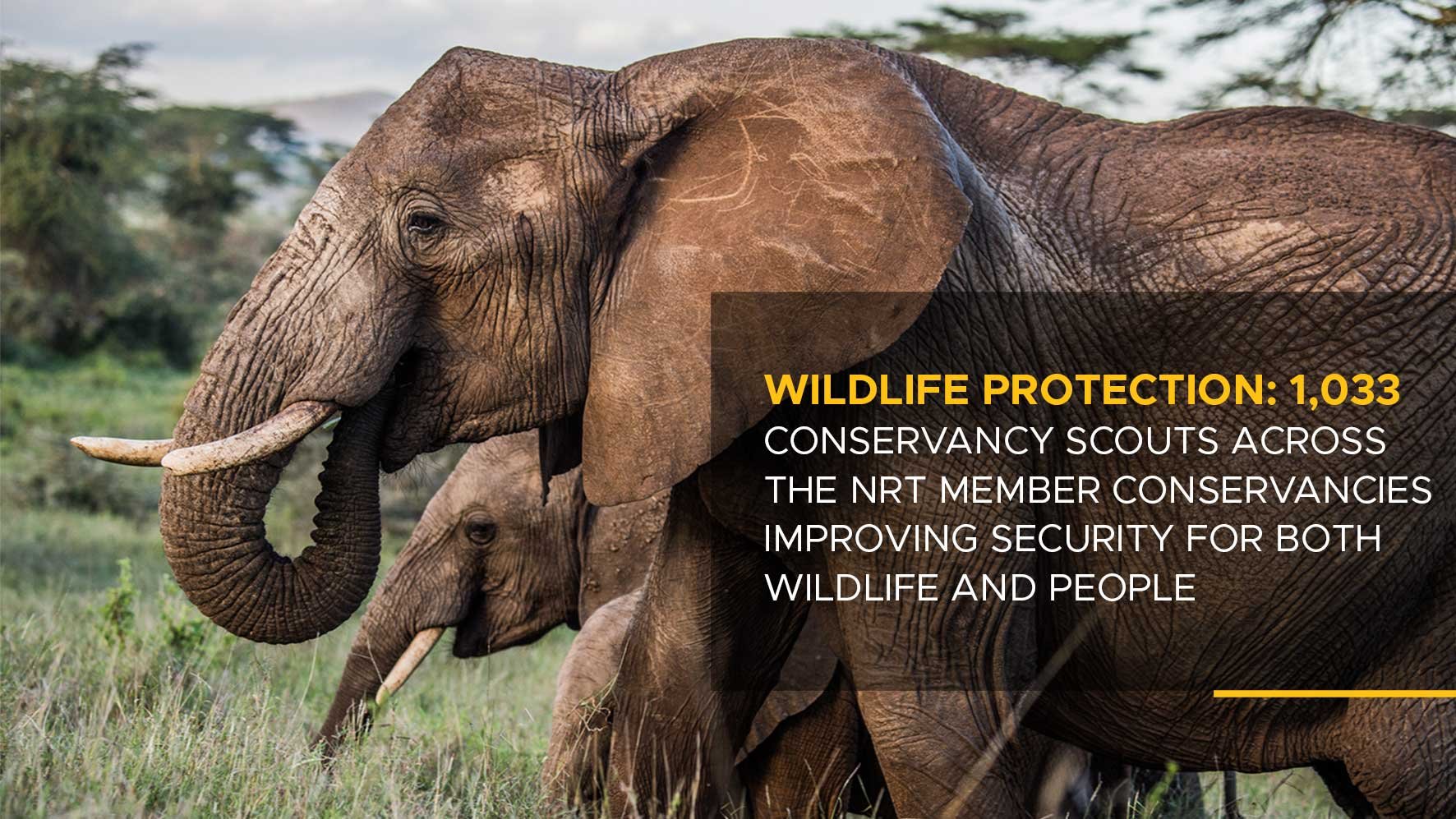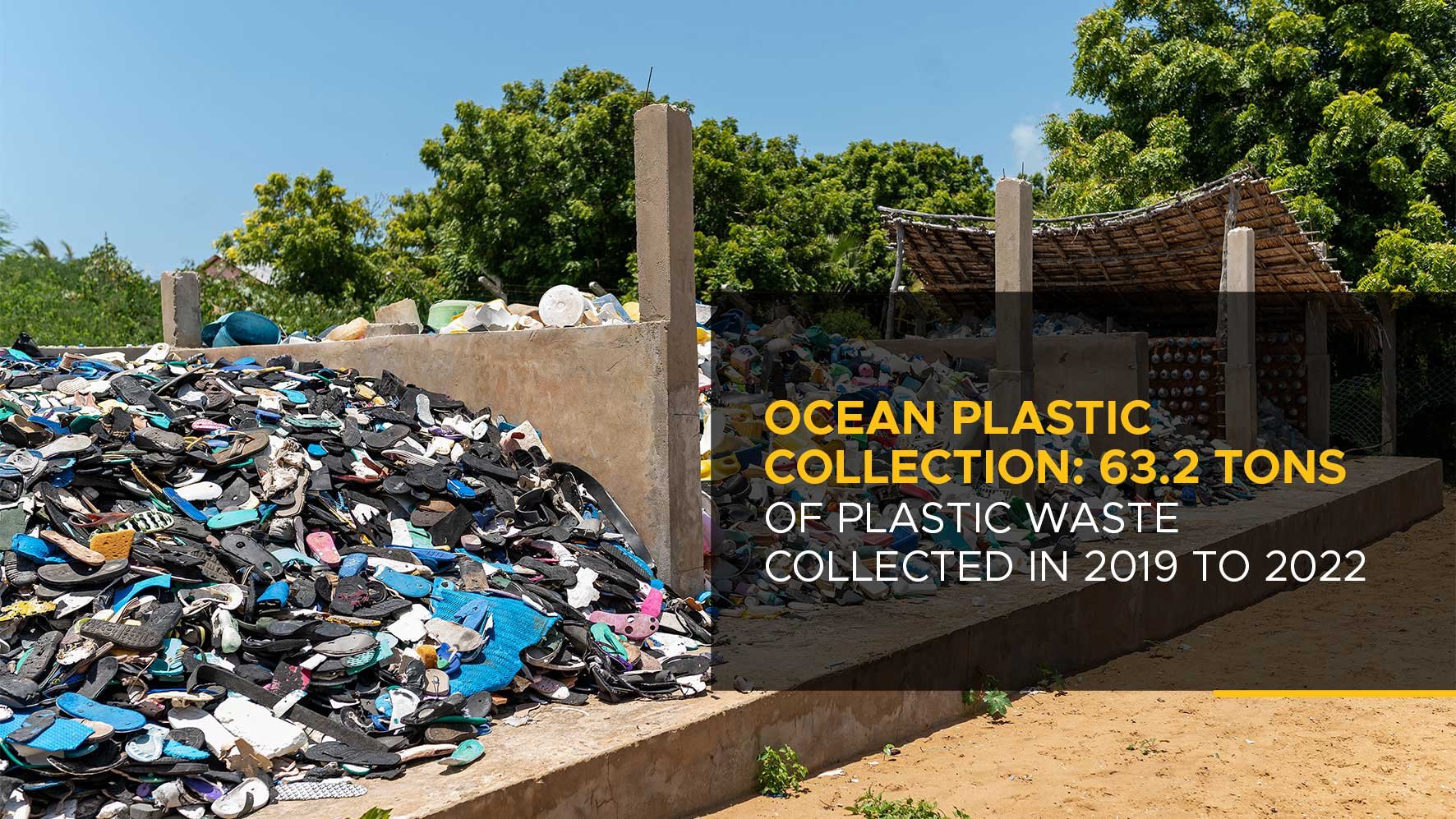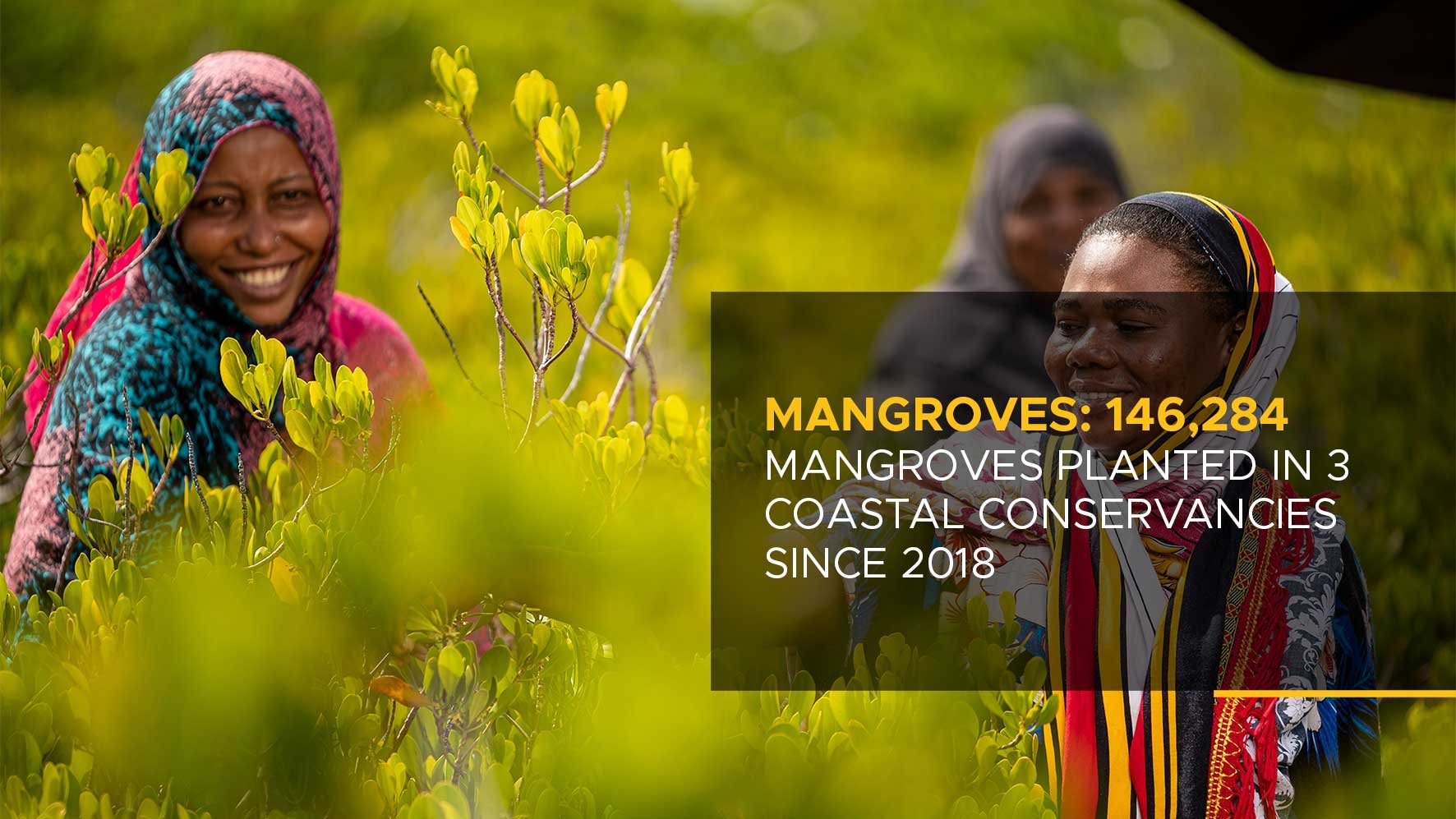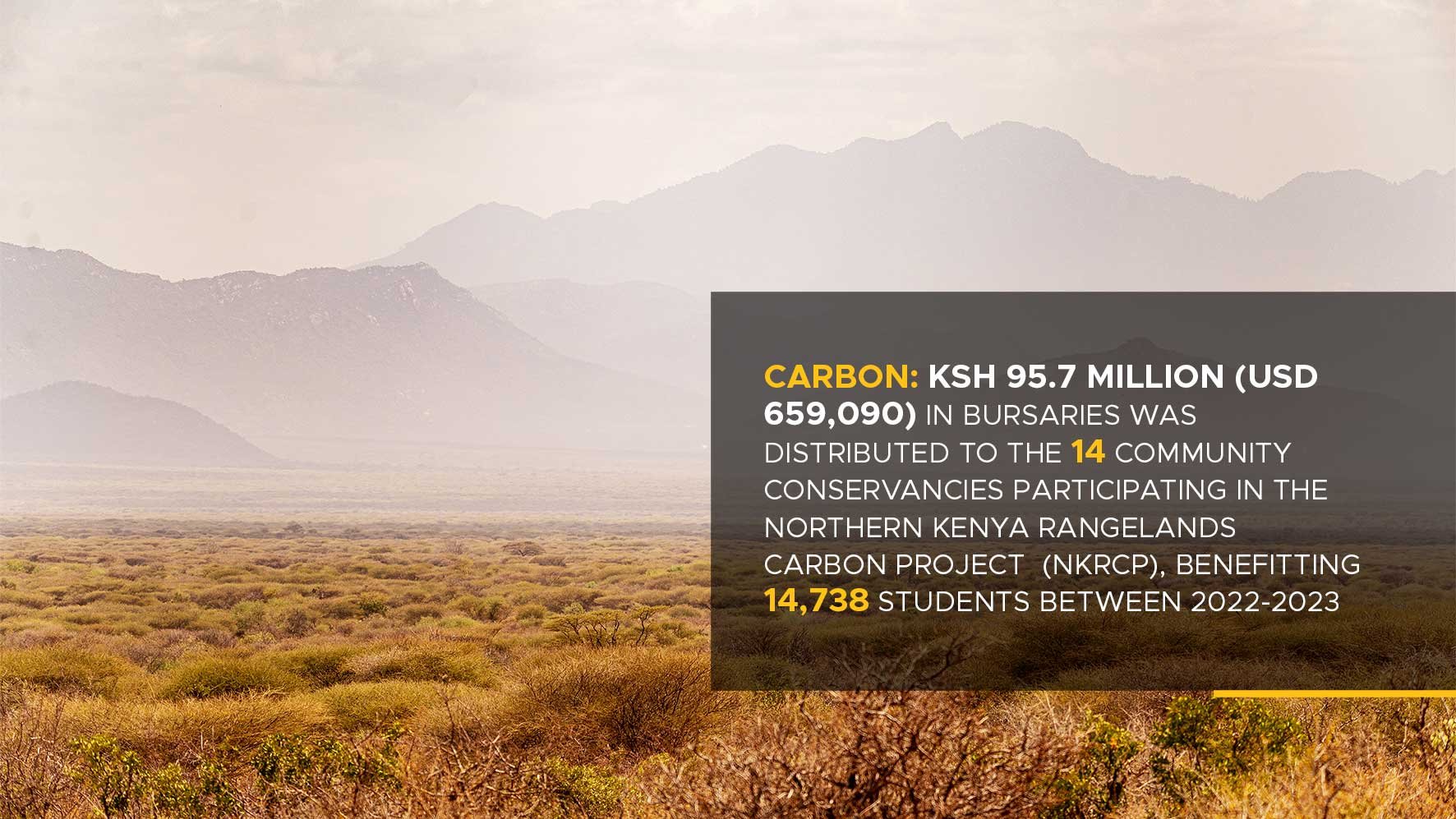
Where We Began
Context
In the 1960s, Kenya’s rhino population was around 20,000 individuals. By 1980, due to poaching, that number had fallen to less than 500.
Recognising the urgent need for a safe space for rhinos, Anna Merz, a conservationist, approached the Craig family, who had a cattle ranch in the savannah to the north of Mount Kenya. They agreed to dedicate 5,000 hectares toward rhino protection, and ultimately converted the entire 62,000-hectare ranch into Lewa Wildlife Conservancy, a private wildlife sanctuary.
Wildlife in Lewa flourished, and their numbers grew. It became apparent that for the status quo to continue, more people had to be involved in wildlife protection. The most effective way to achieve this was to involve the local communities surrounding the sanctuary while ensuring they benefited from conservation.
The visionary Ian Craig of Lewa initiated a meeting with the Il Ngwesi community, who lived north of the Conservancy. He invited elders from the community to visit Lewa, where wildlife-based tourism was generating considerable income and operating alongside livestock production.
This became the proof of concept the elders needed to make the decision to transform their community, and thus the idea of setting up a community conservancy emerged.
The Beginning of Community Conservancies
After returning to Il Ngwesi, the elders gathered their community members to discuss Lewa’s conservation model that was protecting endangered species while spurring economic development.
The 500 Il Ngwesi community members assembled that day unanimously agreed to modify Lewa’s conservation model to their context and form a conservancy. With that communal decision, Il Ngwesi became the first-ever community conservancy.
Il Ngwesi’s success garnered the attention of numerous indigenous communities, who followed suit in subsequent years after seeking advice from Lewa on how to establish their own conservancies.
NRT is Born
As community conservancies grew in number, their constituent communities recognized the need to work together to resolve emerging issues and shared challenges while retaining their autonomy.
In 2004, Francis Ole Kaparo, the Speaker of Kenya’s National Assembly and Chair of Lewa’s Board of Trustees, suggested an organisation be established to provide guidance, training, and fundraising support to the growing number of communities interested in conservation.
Appreciating the need for such an establishment, the elected leaders of nine community conservancies met and agreed to form an umbrella organization.
Thus, in 2004, the Northern Rangelands Trust (NRT) was instituted as a shared resource to help build and develop community conservancies, with the nine leaders, collectively known as the Council of Elders, serving as NRT’s highest level of governance.

NRT Today
It is nearly 20 years since our community conservation journey started, and an extraordinary one it has been.
Today, as in 2004, the indigenous communities that form the community conservancies run and own NRT through the Council of Elders, which still consists of the elected chairpersons of all its member community conservancies and is NRT’s highest decision-making body.
NRT’s Board is accountable to this overarching Council.
NRT's membership has grown exponentially over the years as others have sought to join. Starting from nine community conservancies in 2004, NRT currently supports 45 member community conservancies, with a presence not just in northern Kenya but also in coastal Kenya and Uganda.
Through NRT member community conservancies, hundreds of thousands of people are involved in conservation. NRT member community conservancies have expanded the area where wildlife can safely roam and breed and are providing protection across more than 15 million acres of habitat to over a dozen endangered species, including the hirola, the rarest antelope in the world.
NRT is advancing conservation and is home to the Northern Kenya Rangelands Carbon Project (NKRCP)—the world’s largest soil carbon removal project, which generates sustainable income for member conservancies for community-led development projects. The Natural Climate Solutions Alliance (NCSA) awarded the NKRCP as a Lighthouse and recognises it as a natural climate solution that is a true beacon for best practice.
Through a wide range of programs and its transformative Community Conservancy Model, NRT is leading the way in climate action while positively impacting over a million people.
The Community Conservancy Model
The real strength of protecting endangered species lies in communities.
At the Northern Rangelands Trust, we recognize that to do this effectively and for long-term conservation, we need to work hand in hand with our member community conservancies to develop sustainable solutions that directly benefit local people, land, and wildlife. This is what the Community Conservancy Model is all about.
Our Impact at a Glance
Our Community Conservancy Model has a proven track record of transforming lives and landscapes and is uniting historically hostile communities in conservation, building peace in previous conflict hotspots.
Through this entrepreneurial Model, we are empowering indigenous communities in northern and coastal Kenya and Uganda, making everyday life better for individuals and families by providing access to basic necessities, including clean water, healthcare, and education and removing roadblocks to community development.
Since 2015, we have disbursed over 522 million shillings through our Conservancy Livelihoods Fund for development and implemented 181 projects, and we will continue to invest in the future of the indigenous communities we serve.
Impact

NRT and Lewa Partnership
Forged Over Decades, Rooted in Conservation, Transforming Lives
Today, NRT and Lewa Wildlife Conservancy are separate entities. NRT is an umbrella organisation supporting community conservancies, while Lewa is an individual wildlife conservancy.
The two organisations still benefit from a close working relationship, with NRT’s headquarters located in Lewa Wildlife Conservancy.
Lewa plays a key role in providing logistical support to NRT. From this base, a joint operations communication centre enables NRT and local wildlife protection teams to share information on wildlife poaching and livestock theft with the Kenya Police and Kenya Wildlife Service, and operate under the guidance of these Government bodies.
Our Mission, Vision & Values
Our Mission
Develop resilient community conservancies that transform lives, secure peace, and conserve natural resources.
Our Vision
Resilient communities and ecosystems.
Our Values
Coexistence of local communities and wildlife in harmony
Ownership, community-led decision-making, and good governance
No allegiance to any political party, creed, or ethnic background
Social justice, respecting human rights, and the rule of law
Empowered, gender-inclusive, and diverse communities
Resilience in the face of complex challenges such as climate change
Validated measurement framework and science-based evidence
Equitable distribution of benefits
